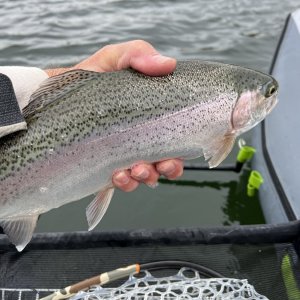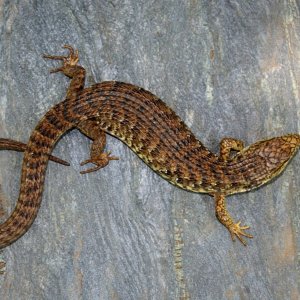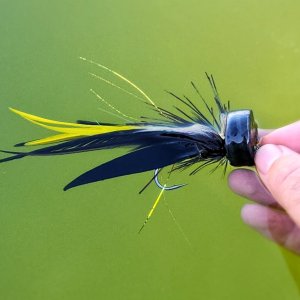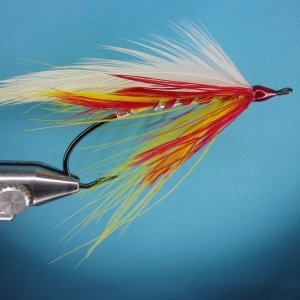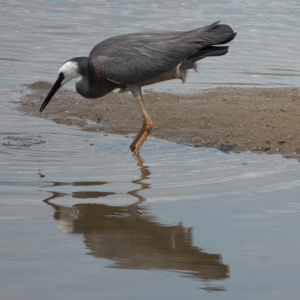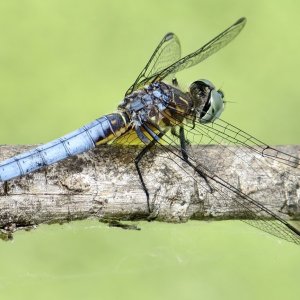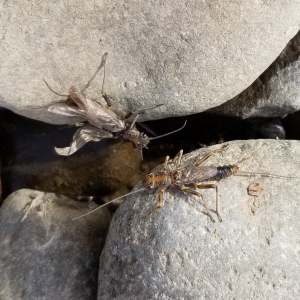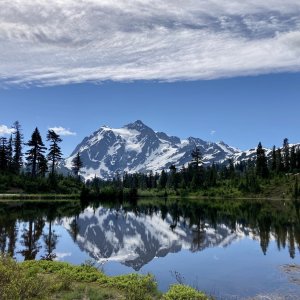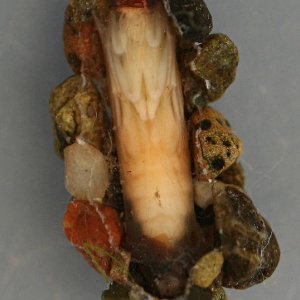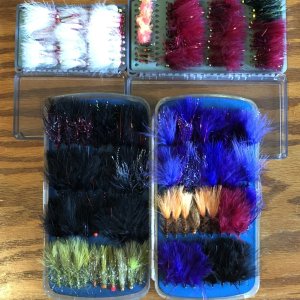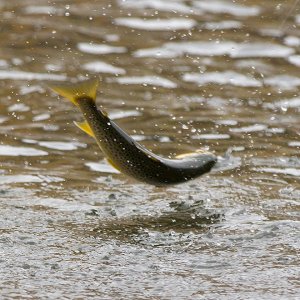Although nitrogen and phosphorus are necessary for algal productivity, it is also really helps to have limestone (i.e., calcium) somewhere in the bedrock for high insect productivity that feeds trout (e.g., Montana in map below, and notable areas in midwest and eastern US). The presence of Ca-rich bedrock becomes less critical in aridland rivers (e.g., eastern WA/OR), where high evaporation can also concentrate calcium in waters.
View attachment 105978
Forgive the following layman's terminology and thoughts to a legit, and very enlightening, scientific discussion.
On the topic of "nutrient minerals", the lack of such in PNW volcanic geology, would seem to highlight the historical importance of nutrient transport from salmon.
Specifically, how would two similar streams respond to the flood/siltation impacts being discussed. Where one had high input of salmon carcass nutrients, and the other limited to "ambient stream nutrients" (< insert proper edumicated term here).
Basically, how much do salmon nutrients affect the resilience of insect abundance and diversity?

